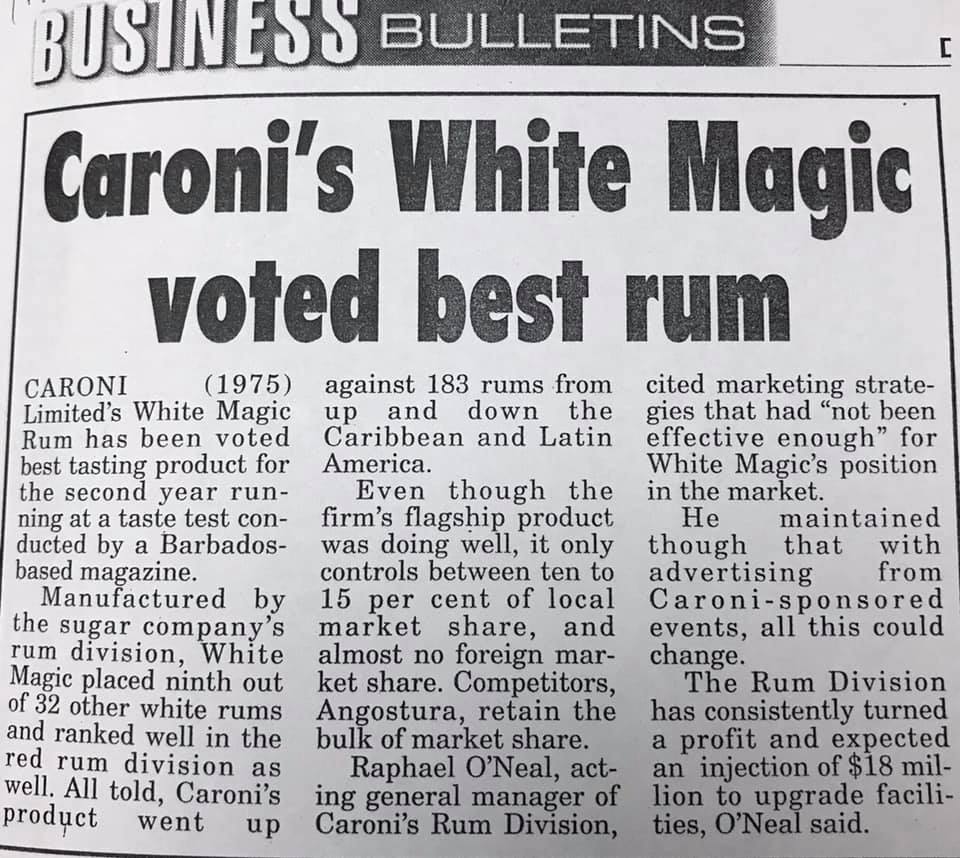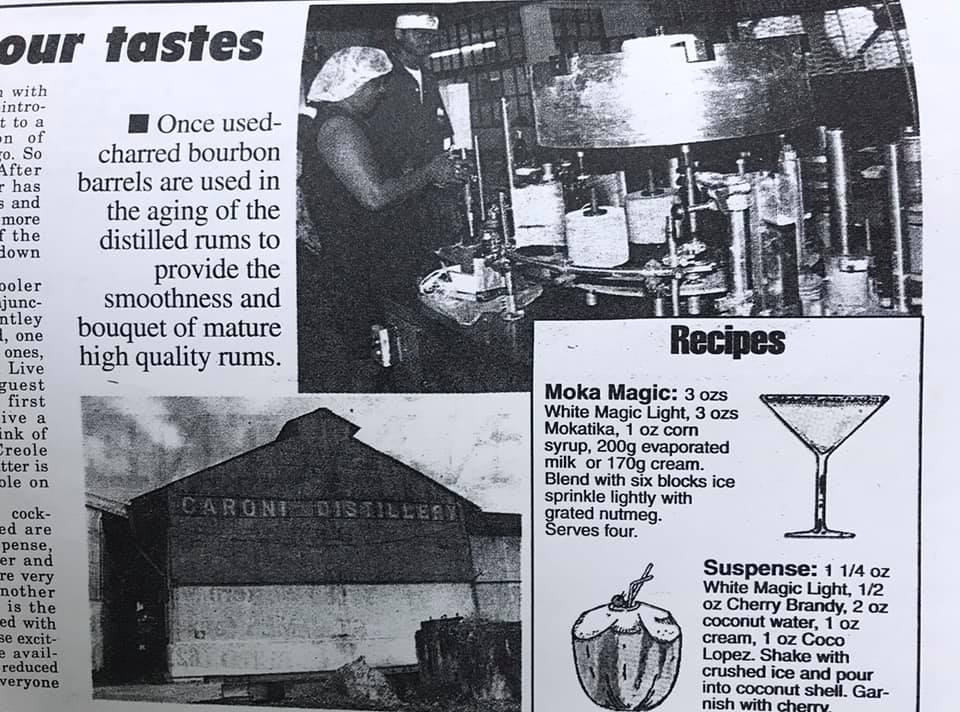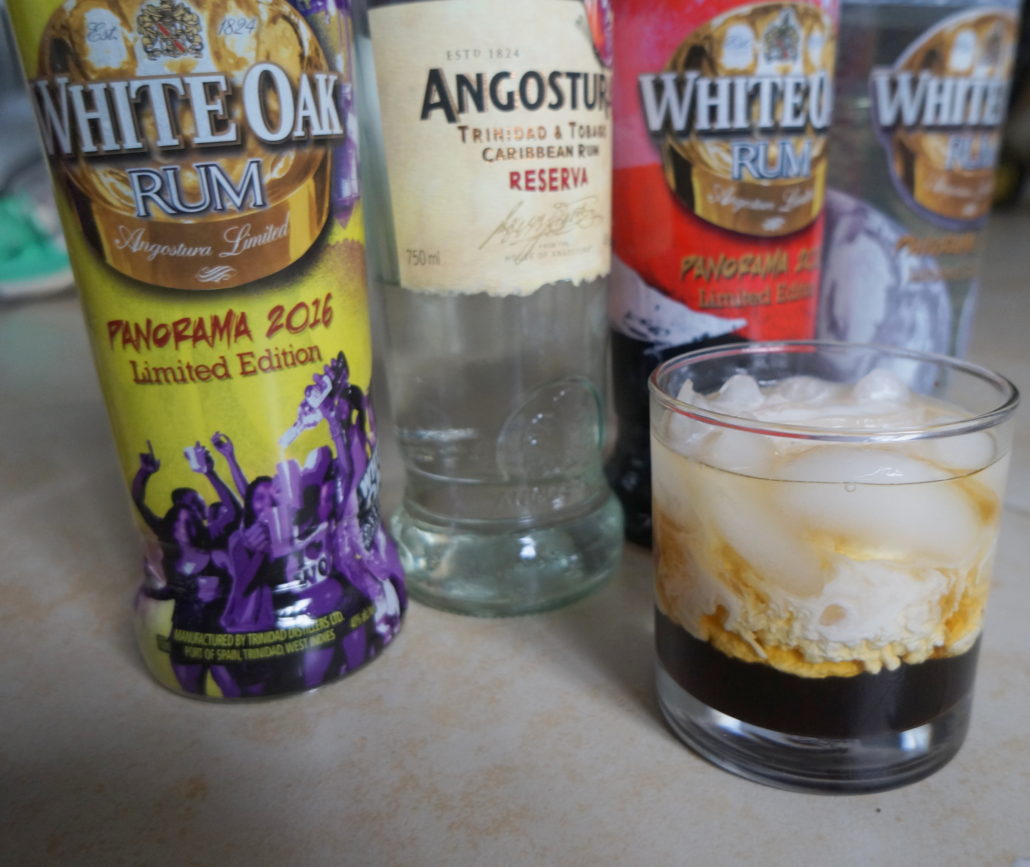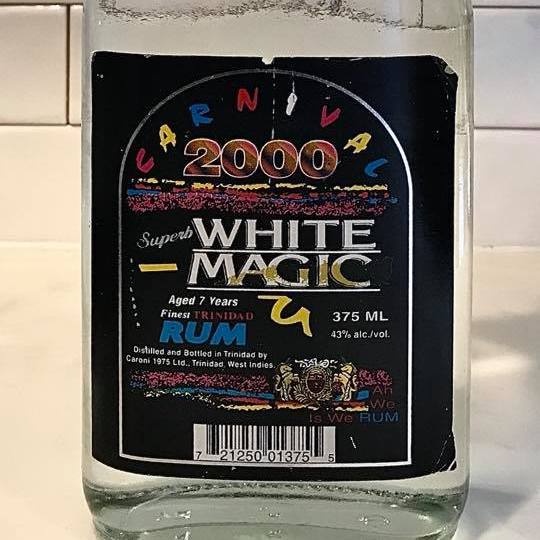Rum enthusiasts wanting to learn more about their favorite spirit have a wealth of reading material to choose from. The starting point for many is Wayne Curtis’s “And a Bottle of Rum: A History of the New World in Ten Cocktails”. In this book, the author uses ten iconic rum cocktails and traces the history of America through these drinks. From here, the opportunities are endless, and the selection for other reading material depends on whether one is more interested in rum cocktails, rum history, or rum distilleries. As sales of rum continue to climb and the spirit grows in popularity, publishers see a growing demand for rum books and the list gets longer every year. When it comes to books that rum enthusiasts might want to read, Caribbean literature is very low on the list; for the obvious reason that they are not books on rum.
However, rum was invented in the Caribbean. It’s used in the tropical cocktails of the Caribbean as well as Tiki drinks that seek to invoke ideas of the Caribbean. Rum has also been connected to agriculture and tourism in the Caribbean for centuries. For better or for worse, rum and the Caribbean are inextricably linked. Reading books set in the Caribbean offers to rum enthusiasts an opportunity to better understand the culture of the region, and ultimately; rum culture as a whole. An example of an excellent book for rum enthusiasts is “An Embarrassment of Mangoes: A Caribbean Interlude“, a travelogue by Canadian author Ann Vanderhoof. Through this book, described as “Under the Tuscan Sun meets the wide-open sea” the author charts her trip from Toronto to Trinidad by boat, documenting the culture and cuisine of the West Indies along the way.
The journey begins in Toronto, where Vanderhoof and her husband practice piloting a vessel in the calm waters of Lake Ontario to build confidence, while also working on a five year plan to eventually escape big city life by boat. Eventually, they purchase a forty-two foot yacht called The Receta, and embark on their voyage.
For much of the early journey, they travel along the Intracoastal Waterway, an inland channel from Maryland to Florida that offers protection from the open ocean. Vanderhoof describes it as “a winding ribbon of rivers, creeks, and man-made canals just inland of the ocean” that takes them through “Revolutionary War battlegrounds, the haunts of pirates and smugglers, plantations once worked by slaves, Civil War forts” and more. As they travel down the canal, the couple learns to catch and cook shrimp from the locals.
After leaving the mainland, they experience both island life and oceanic conditions for the first time while navigating the Florida Keys and the Bahamas. Conchs are an important element in the cuisine of both places, and it stars in multiple recipes that they share. Further south, the islands are spaced further apart and the journey becomes more difficult. The book describes the increased dangers of sailing at night, as well as the importance of tracking storms and finding safe harbours. The narrative continues in this way; Descriptions of the journey, experiences on each island, and recipes using popular staples of Caribbean cuisine like plantains, breadfruit, and seafood. Much of this might be relatively uninteresting for rum enthusiasts until they get to Grenada.
While anchored off Hog Island, a fellow sailor invites the crew of the Receta to a rum tasting on her catamaran hosted by Ed Hamilton, a figure who has been seen as a leading rum educator for almost three decades. He talks about rum and takes attendees through a tasting largely along the Colonial rum classification before sharing with them details on rum distilleries in the Caribbean worth visiting. A few days later before dinner, Hamilton makes for them the quintessential cocktail of the French Caribbean, the Ti Punch. About the cocktail, Vanderhoof says; “Ti Punch has the same mystique there that the martini does in North America. In Martinique and Guadeloupe, it’s said you can judge the quality of a restaurant by its ‘ti punch. Like the martini, it demands a glass all its own – a small, squat tumbler that often bears a colored decal advertising the brand of rum the drink contains.” She describes it as “a deceptively simple combination of rhum agricole, freshly squeezed lime juice, and pure cane syrup; the trick is getting the proportions right, when right is a matter of personal taste.”
From Grenada, they head to Trinidad which will be their final stop before heading back north. They arrive at the island in late fall, a time when Steelpan groups are practicing in anticipation of the next year’s carnival. Seeing bands practice is easy, but seeing them perform is more difficult and often requires an invitation or ticket. In order to see the Renegades perform at their panyard, Vanderhoof calls the Caroni Distillery, a sponsor of the event to find out about last minute invitations. The response from the person she spoke to; “No problem, jus’ come.”
At the steelpan show, they sip on a cocktail called the Moka Magic, a mix of iced coffee, cocoa, and condensed milk, blended with a killer quantity of high-test rum.” The rum in question was White Magic Rum, Caroni’s flagship white rum that included a small amount of seven year old heavy rum that was charcoal filtered to clarity. White Magic Rum commanded just under fifteen percent of the local market share, but was supposedly the top selling white rum in Trinidad and Tobago at that time. It had recently been successful at International Rum Competitions and was now being promoted at home at carnival events with cocktails like the Moka Magic.

Part of the name for this cocktail comes from the use of a coffee liqueur called Mokatika, named for a former coffee growing area in the upper Maraval valley known as Moka, which is itself named for the city in Yemen associated with coffee since the fifteenth century. This cocktail is just one of many Caribbean cocktails using condensed milk. Such condensed milk cocktails include popular beverages like Ponche Crema and Coquito, as well as lesser known drinks like Sky Juice and Stout Punch. Moka Magic was promoted alongside some other Caroni carnival cocktails, including one that used White Magic Rum, cherry brandy, coconut water, and cream of coconut called Suspense.

While in Trinidad, the couple tastes delicious goat roti and Trinidad’s famous Bake and Shark, but it is an interpretation of the Moka Magic that they choose to share in their book. While White Magic Rum and Felicite Gold Rum were always popular products, they would not be successful enough to keep the Caroni Distillery open.
In 2016, Angostura would release a series of Limited Edition bottles of White Oak Rum commemorating their sponsorship of the annual Panorama steelpan contest. A limited edition carnival label was actually something that Caroni did sixteen years prior, while promoting White Magic Rum and the Moka Magic cocktail. In the years since, Angostura has cemented the status of White Oak as the official rum of carnival and White Magic Rum is no more.
Even so, it’s worth revisiting this cocktail and possibly even trying to make it popular again.
Moka Magic #2
Ingredients:
White Oak Rum
Angostura Aromatic Bitters
Angostura Cocoa Bitters
Mokatika Coffee Liqueur
Condensed Milk
Method:
In a glass with ice, combine 2 ounces Mokatika, and two ounces White Oak Rum, then add 2 dashes of Angostura Aromatic Bitters.
In a separate vessel, combine 1 bar spoon of condensed milk, two ounces of White Oak Rum, and three dashes of Angostura Cocoa Bitters.
Slowly pour this into the glass with ice.




